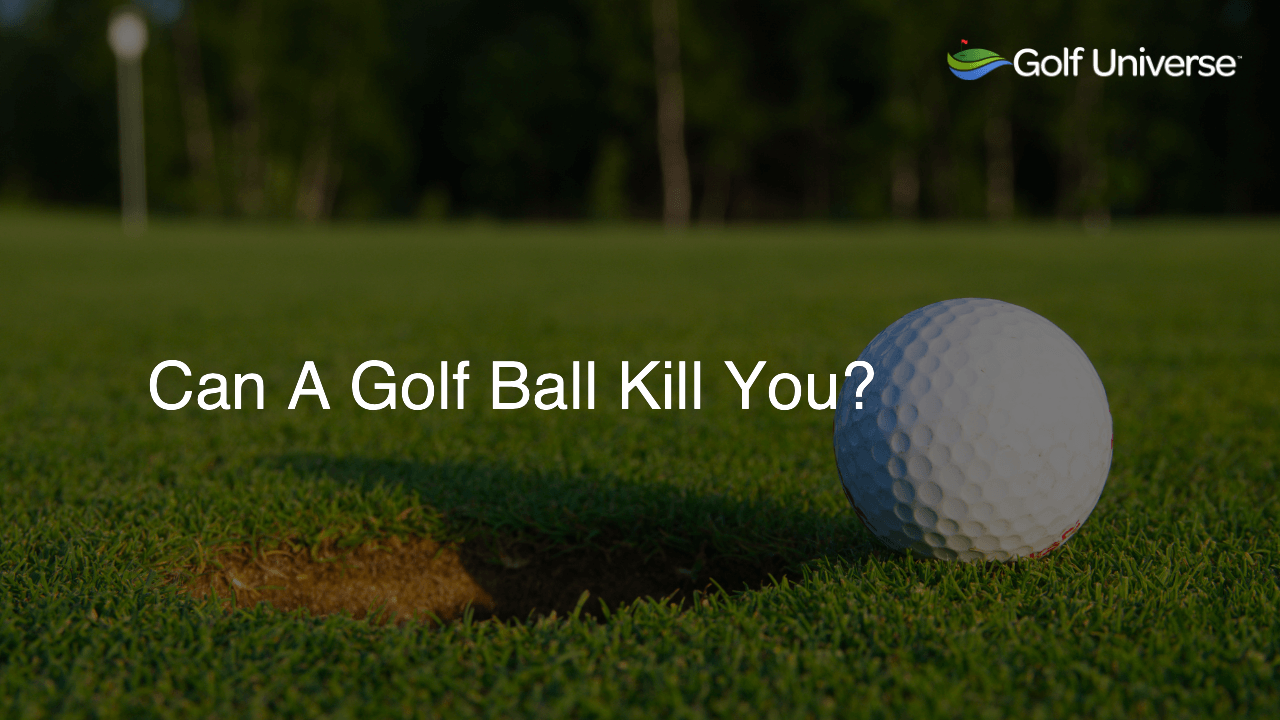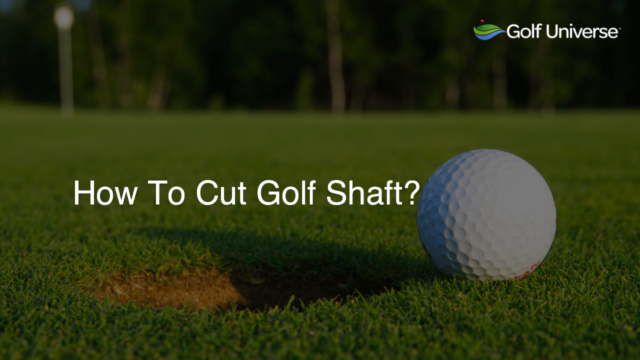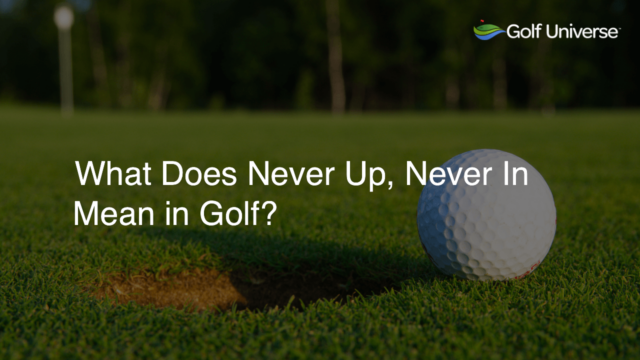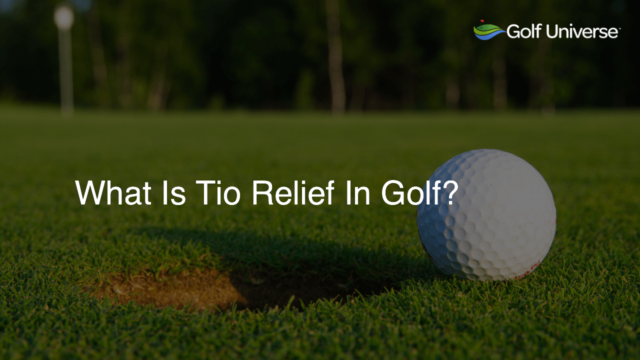Yes, a golf ball can potentially kill you if it strikes you at a high speed, particularly in a vulnerable area, such as the head or chest. Though the chances are low, it’s essential to maintain awareness and follow safety protocols on the golf course to avoid such incidents.
Golf Ball Fatalities: The Reality
Although rare, there have been instances where a golf ball has caused severe injury or death. A direct hit to a vulnerable area, such as the head or chest, at a high velocity can lead to fatal consequences. It is crucial for golfers to understand the potential dangers and take the necessary precautions while on the golf course.
High Speed Impact Dangers
Golf balls can reach speeds of 150 miles per hour or more upon impact. When struck at such velocities, these small, solid objects carry a lot of kinetic energy, which can lead to severe injury or death if it hits a vulnerable location on the body. The risk of critical damage is higher when a golf ball strikes the head, leading to traumatic brain injury, or when it hits the chest, causing cardiac complications.
Force and Energy Transfer
The core concept behind the danger of getting hit by a golf ball lies in the transfer of kinetic energy. The more energy transferred to the body, the more potential damage it can cause. Aiming in a safe direction, taking note of your surroundings, and alerting others can help significantly reduce the risk of a severe impact.
Precautions to Prevent Golf Ball-Related Injuries
Several safety measures can be followed on the golf course to minimize the risk of injury or fatality from a mishit golf ball. These include:
- Maintaining awareness of your surroundings and fellow golfers.
- Yelling “fore” to alert other players of an incoming golf ball.
- Standing at a safe distance from other golfers when they are practicing or playing.
- Using protective gear, such as a helmet, when deemed necessary.
- Practicing proper golf etiquette to ensure the safety of all golfers on the course.
Golf Universe’s Take on Golf Ball Safety
At Golf Universe, our primary objective is to help you enjoy the wonderful game of golf. Ensuring your safety and well-being is of utmost importance to us. While a stray golf ball has the potential to inflict serious harm, the chances of it causing fatal injuries are minimal. By taking a proactive stance, you can enhance your golfing experience and prevent life-threatening accidents.
Understanding Golf Course Design
A well-designed golf course takes safety into consideration, providing buffer zones and protective barriers, such as trees or netting, to reduce the risk of injury from mishit balls. It’s important to acknowledge that course architects have implemented design elements to keep you secure while playing. However, remaining vigilant and adhering to appropriate precautions is still necessary to mitigate the potential risks.
Golf Universe’s Safety Tips
Here at Golf Universe, we know that golf is a fantastic and fulfilling sport. To further assist you in staying safe on the course, our team recommends the following additional safety steps:
- Always inspect the course signage and familiarize yourself with any potential hazards, such as blind spots or tightly packed holes.
- Invest in a quality carry bag or cart bag that protects your clubs and ensures your bag does not topple over, posing a risk to fellow golfers.
- Consider attending safety seminars or workshops, which can help educate golfers on accident prevention and course awareness.
Your safety is as important to us as it is to you. By fostering a culture of mutual respect and attentiveness on the golf course, we can collectively uphold a secure environment for everyone to relish their time on the greens. Remember, Golf Universe is here to help you make your golf experience an enjoyable adventure!
Frequently Asked Questions
After reading our blog post ‘Can A Golf Ball Kill You?’, you may still have some questions regarding golf ball safety, precautions, and impacts. We’ve compiled a list of frequently asked questions and our concise answers to help you.
How can I calculate the potential energy a golf ball has?
Calculate the potential energy by multiplying the mass of the golf ball (in kg) by the acceleration due to gravity (approximately 9.81 m/s²) and the ball’s height above ground (in meters). Keep in mind, the impact energy is primarily governed by kinetic energy, which depends on the velocity of the golf ball.
Is there a specific way to hold a golf club to avoid mishits?
Adopting a proper grip is crucial in minimizing mishits. The Vardon or “overlapping” grip, interlocking grip, and the ten-finger or “baseball” grip are the three most common grip styles. Choose a grip style that feels most comfortable and provides the most control for you, and refine your grip through practice and potentially working with a golf professional.
How can I improve my golf swing to reduce the chance of hitting someone by accident?
Improving your swing accuracy takes practice and discipline. Focus on fundamentals like proper grip, stance, alignment, weight transfer, and follow-through, which will make your swing more consistent and accurate. Invest in lessons with a golf professional, practice regularly, and use training aids to help fine-tune your performance.
What is the right distance I should maintain from other golfers on the course?
As a general rule of thumb, stand at least 10-15 feet away from the golfer preparing to swing. You should also stand slightly behind the golfer, making sure not to be in their peripheral vision or in the path of a mishit ball. Always stay alert and aware of the golfers around you and maintain an appropriate distance.
Are there any health benefits of playing golf that outweigh the risks?
Yes, golf provides numerous health benefits that outweigh the risks. It’s an excellent source of low-impact exercise that promotes cardiovascular health, muscle strength, and flexibility. Golf is also known to improve mental well-being and helps to reduce stress through exposure to nature and social interaction with fellow players.











